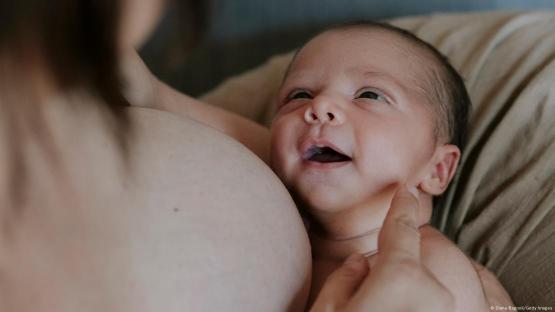PARENTS have been warned to be on the lookout for symptoms of killer viruses as cases climb.
Figures from the UK Health Security Agency (UKHSA) show that more kids are testing positive for both the flu and respiratory syncytial virus (RSV).
The chart above shows how cases of the flu have increased in all ages â but mainly in those aged 5-14 years-oldThis chart shows how RSV and the flu have increased as a population. RSV is the red line and flu is the green lineCases of flu remain highest in those aged 5-14 years-old, with the number of people coming down with the bug also increasing.
Both hospital admissions and intensive care admission rates have also increased, with the highest rates being seen in kids under the age of five.
Vaccine uptake in 2-3 year-olds is below the last two years, the figures show.
Parents have been urged to take up the offer of the flu nasal spray vaccine at school sessions or in community catch-up clinics.
England’s top nurse also warned that hospital wards across the country are full of kids battling the illness .
Alongside flu, cases of RSV have also increased, with the highest positivity rate being in kids under the age of five.
Dr Conall Watson, Consultant Epidemiologist at the UKHSA, said: “Over recent weeks RSV rates have been rising across all age groups, most notably in the under 5s.
“RSV is unfortunately common at this time of the year and can be severe for children under 2 â particularly for babies and those born prematurely.
“Everyone should try and avoid spreading respiratory viruses to young children â use tissues, wash hands and avoid visiting babies if you are unwell.”;;
He added that if you’re worried your child has cold symptoms with unusual breathing or trouble feeding, then you should contact your GP or NHS 111.
“If your child seems seriously ill, trust your judgement and get emergency care,”;; he added.
When it comes to symptoms of flu, they may at first, seem like a common cold.
The NHS list the symptoms for flu as follows:
- sudden high temperature
- aching body
- feeling tired or exhausted
- a dry cough
- sore throat
- headache
- difficulty sleeping
- loss of appetite
- diarrhoea or tummy pain
- feeling or being sick
- less active (specifically children)
- pain in the ear (specifically children)
When it comes to RSV the symptoms are slightly different, with children often suffering with a runny or blocked nose, a cough and a slightly high temperature.
These include:
- breathing more quickly
- finding it difficult to eat or feed
- noisy breathing (wheezing)
- becoming irritable
Both flu and RSV can be deadly in children.
Flu can have serious consequences for young children and the elderly and in some cases, can lead to death, experts at John Hopkins Medicine state.
RSV is usually mild but in serious cases, can lead to severe respiratory illness and pneumonia , which can be also deadly, guidance from the Centre for Disease Control (CDC), states.
If you are worried about any of your children’s symptoms then you should see your GP.
In the event of an emergency always call 999 or visit your nearest A&E.
The NHS states that if your child is having difficulty breathing â you may notice grunting noises or their tummy sucking under their ribs, in this instance, you should take them to A&E.
You should also seek emergency care if there are pauses when they breathe, their skin, tongue or lips are blue and if they are floppy and will not wake up or stay awake.



